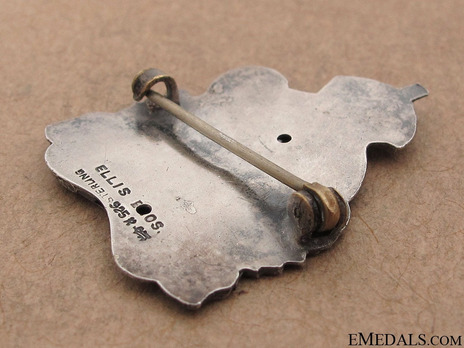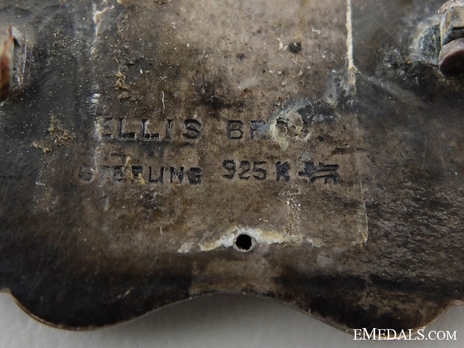Ellis Bros
LAST UPDATED:


Attributes
History
P.W. Ellis & Co. was established in 1877 in Toronto by brothers Philip William Ellis and Mathew C. Ellis. Philip was born in 1856 in Toronto to William Henry Ellis and Susan Cain. William created The Penny Post, Toronto’s first cheap newspaper. Originally, Philip trained to become a teacher, but changed his mind and began to work as a jewelry apprentice. After establishing P.W. Ellis & Co. with his brother in 1877, it quickly became the most successful jewelry and silverware company in Toronto. It produced hollowware and flatware. In 1877, the company was located at 4 Toronto St. and by 1880 it had moved to 31 King St. East. In 1890 it had two locations, one at 31 Wellington St. East and the other at 40 Front St. East. In 1904, Ellis was sued by U.S.-based company, Gorham, on the basis that the trademark and designs Ellisproduced had very similar resemblance to those at Gorham. The case was heard in Toronto and Ellis won. During World War I, Ellis produced Canadian badges. In 1928, P.W. Ellis & Co. was taken over by Birks and became Birks Ellis Ryrie in 1933 until Birks dropped the names Ellis and Ryrie.
Ellis also ventured away from jewelry and silverware into real estate. Alongside his two brothers, Mathew and William, he invested in a 100 acre farm, which would become the Bedford Park Company. The brothers turned the area into residential lots and hoped buyers would find an appeal in cheaper housing options, living in a suburban area and commuting into the city for work by electric rail. In 1905, Philip became a member of Ontario’s Hydro Electric Commission as well as the Queen Victoria Niagara Falls Park Commission. In 1911, he was appointed the first chairman of the Toronto City Hydro-Electric Commission. His first project was installing 110-watt street lights every 80-100 feet around the city. In 1921, Philip shifted his interests to public transit and became the chairman of the Toronto Transportation Commission (TTC). Philip Ellis died in 1929.

This makerMark is not associated with any groups yet.
This makerMark is not associated with any groups yet.
This makerMark is not associated with any groups yet.
This makerMark is not associated with any groups yet.
This makerMark is not associated with any groups yet.
This maker currently has no products.


Scroll Top